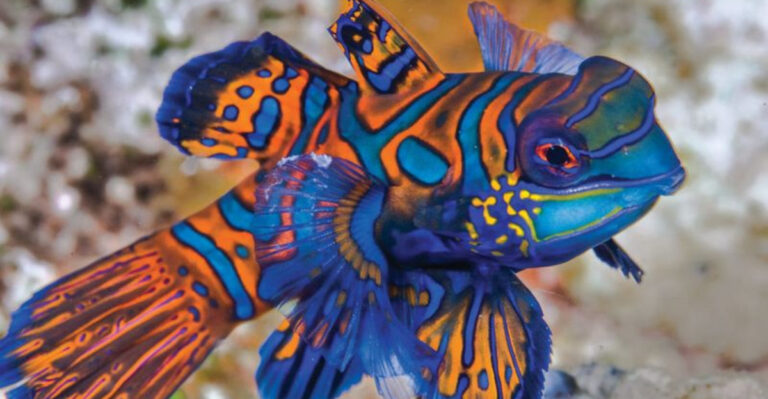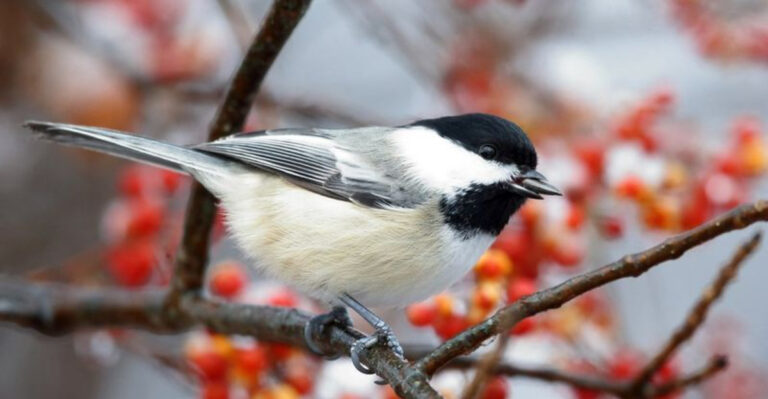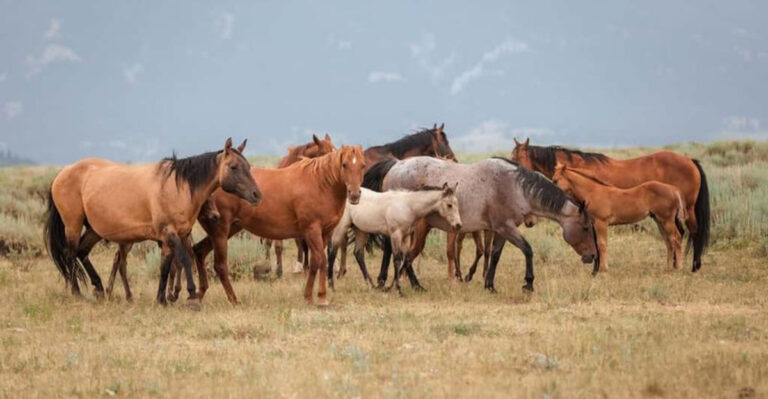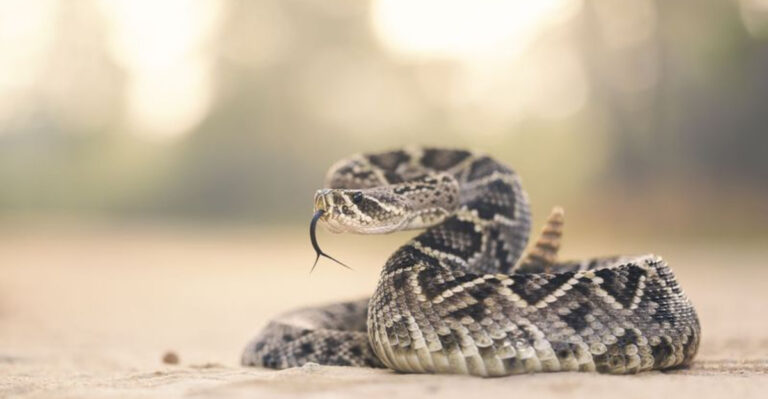14 Dangerous Creatures Hiding In California’s Wilderness

California’s breathtaking wilderness holds secrets beyond its towering redwoods and golden beaches. While hiking through mountains or camping in forests, you might cross paths with creatures that pose real dangers to humans.
From venomous reptiles to predatory mammals, knowing what lurks in California’s wild spaces could save your life during your next outdoor adventure.
1. Western Diamondback Rattlesnake: Warning Rattle

Coiled beneath rocks or hidden in brush, these venomous reptiles deliver a potent bite that can cause severe tissue damage or death if untreated.
Their distinctive diamond pattern and warning rattle are nature’s alarm system. Rattlesnakes strike when threatened, not out of aggression. Always check rocks and logs before sitting, and wear proper boots when hiking California’s desert regions.
2. Black Bears: Deceptively Dangerous
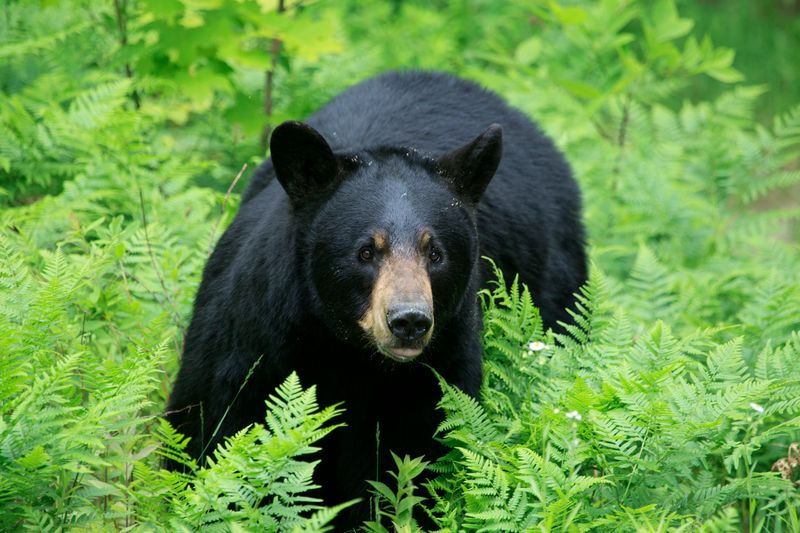
Don’t let their cuddly appearance fool you. California’s black bears can weigh up to 500 pounds and run 35 mph. Though primarily vegetarians, they become aggressive when protecting cubs or startled.
Most attacks occur when bears associate humans with food. Store provisions properly when camping, and if you encounter a black bear, make yourself look bigger and make noise—never run or play dead.
3. Black Widow Spiders: Red Hourglass Warning
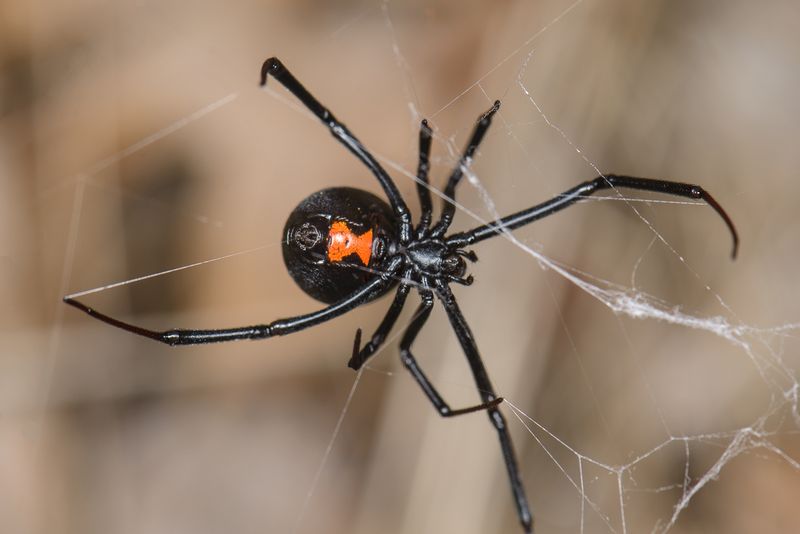
Lurking in woodpiles and garden sheds across California, these glossy black arachnids pack a neurotoxic punch. Females sport the infamous red hourglass marking on their abdomen.
Their bite causes intense pain, muscle cramps, and in rare cases, death. Black widows typically bite defensively when disturbed. Always shake out stored camping gear, shoes, and gloves before use, especially in dark corners.
4. Pacific Rattlesnake: California’s Venom Champion
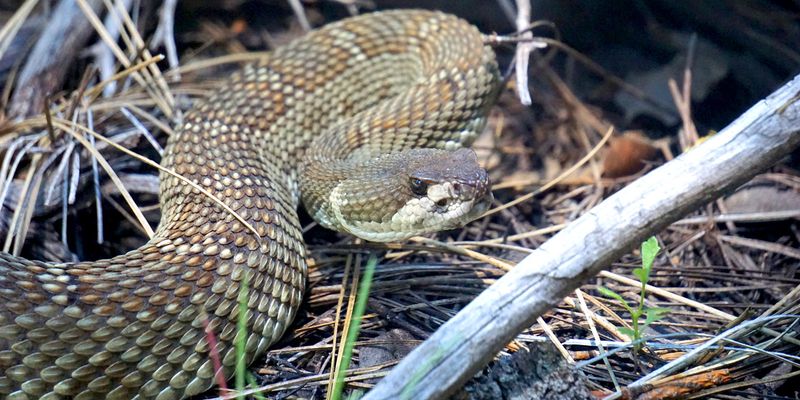
The most common venomous snake in California strikes fear with good reason. Its hemotoxic venom destroys tissue and can cause internal bleeding.
Often sunning themselves on trails or hiding under logs, these reptiles prefer avoidance over confrontation. Keep pets leashed on hikes, stay on clear paths, and listen for that warning rattle. When bitten, remain calm and seek immediate medical attention.
5. Scorpions: Desert Night Hunters

California’s deserts harbor several scorpion species that emerge after sunset. The most dangerous, the Arizona bark scorpion, has established populations in southeastern California regions.
Their stings cause intense pain, numbness, and in severe cases, breathing difficulties. Always shake out shoes and sleeping bags when camping. Use a blacklight at night—scorpions glow bright blue-green, making them easier to spot.
6. Western Yellow Jacket Wasps: Aggressive Defenders
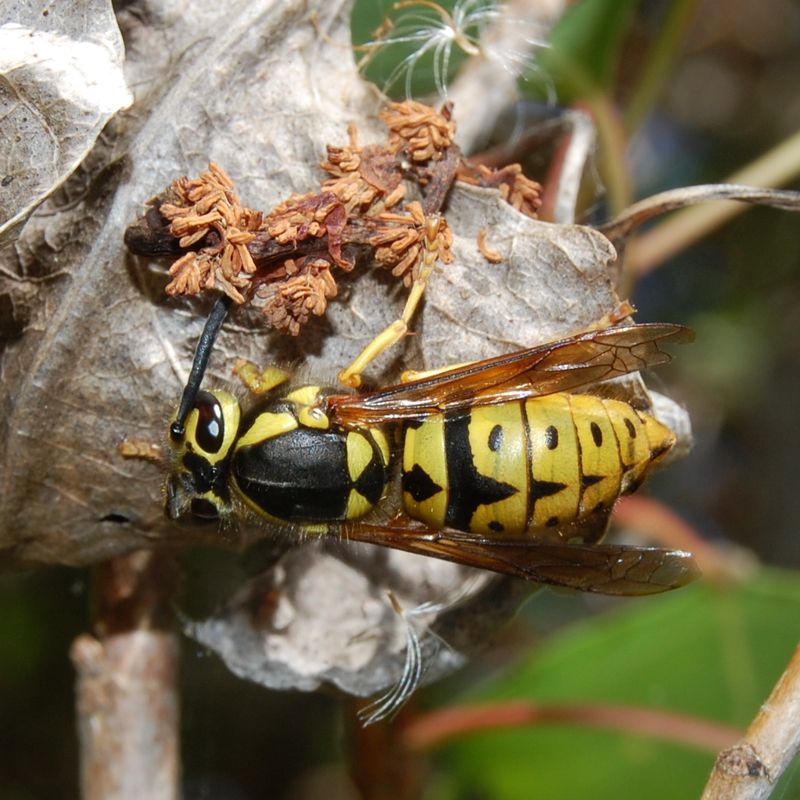
Summer picnics in California often attract these striped insects with powerful, painful stings. Unlike honeybees, yellow jackets can sting repeatedly and become increasingly aggressive as fall approaches.
For most people, stings cause temporary pain, but allergic reactions can be life-threatening. Cover food and drinks outdoors, avoid wearing sweet perfumes, and if swarmed, leave the area quickly without swatting—movement triggers more attacks.
7. Africanized Honey Bees: The Lethal Swarm
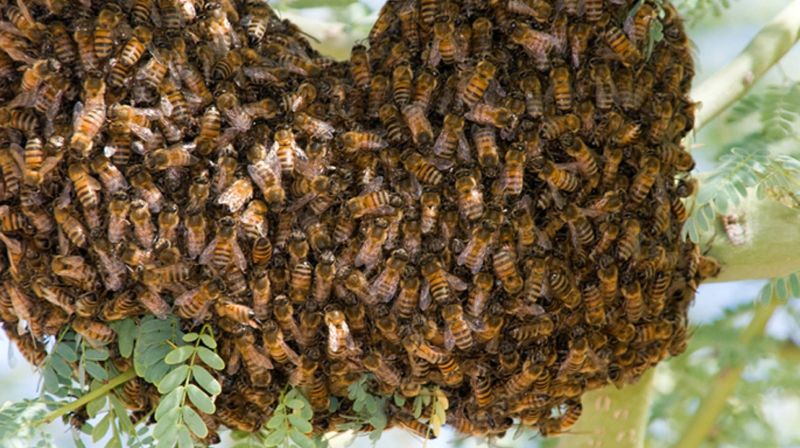
Known as “killer bees,” these aggressive hybrids have established colonies in Southern California. Unlike European honeybees, they attack in massive numbers when disturbed, even pursuing targets for up to a quarter-mile.
A single bee’s sting isn’t more venomous than regular honeybees, but their sheer attack numbers make them deadly. If you encounter a swarm, cover your face and run in a straight line to shelter—water immersion won’t deter them.
8. Brown Recluse Spiders: Flesh-Eating Venom
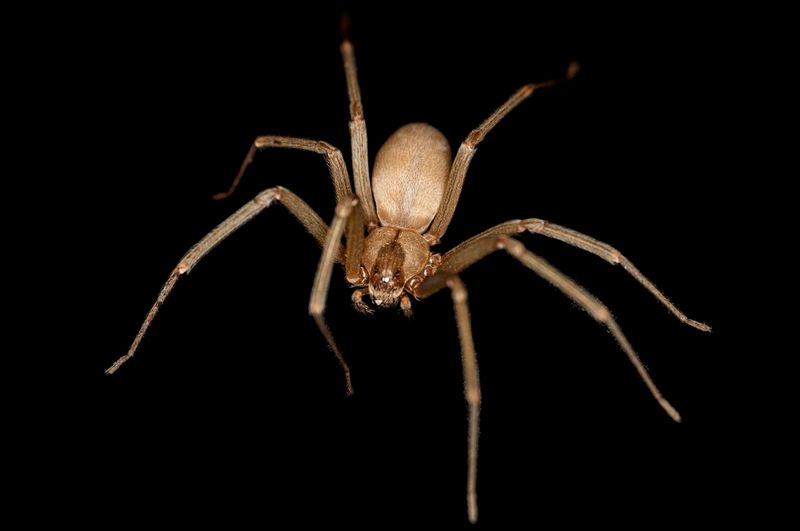
Though not native to California, established populations of these violin-marked spiders exist in some areas. Their cytotoxic venom causes necrotic lesions that destroy surrounding tissue. Recluses hide in dark, undisturbed areas like woodpiles and abandoned buildings.
Bites often go unnoticed until tissue damage begins hours later. Shake out stored clothing and bedding, and seal cracks in cabins or outbuildings to prevent infestations.
9. Coyotes: Adaptable Predators

From urban fringes to remote wilderness, these cunning canids have learned to thrive alongside humans throughout California. While typically shy, coyotes become bold when fed or protecting territories during breeding season.
Attacks on adults are rare, but children and pets face genuine risks. Never feed coyotes or leave pet food outdoors. If approached, maintain eye contact, make loud noises, and throw objects near (not at) them.
10. California Newts: Deadly To Touch
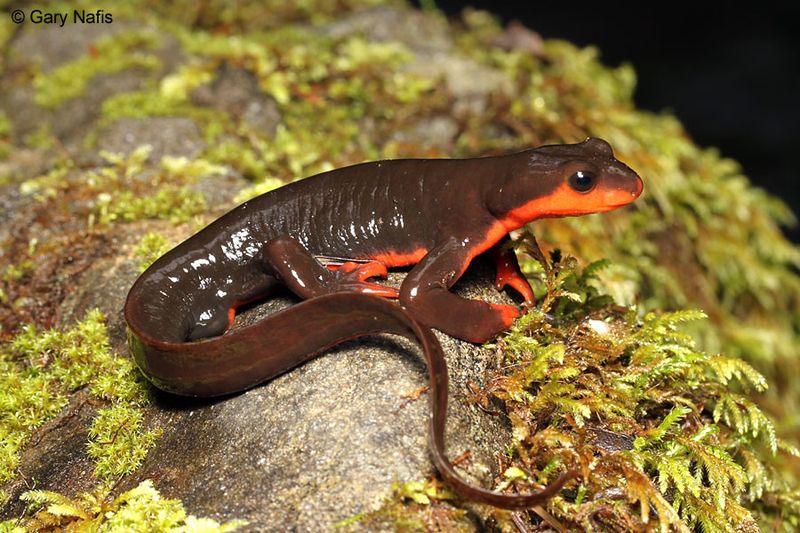
These seemingly harmless amphibians produce tetrodotoxin—one of nature’s deadliest poisons. Found in streams and ponds throughout California’s coastal ranges, their bright orange underbellies serve as warning signals.
While they won’t bite, handling them transfers toxins that can cause paralysis if ingested. Never touch these newts with bare hands, and thoroughly wash after any contact. Keep pets away from water sources where newts breed.
11. Ticks: Tiny Disease Carriers
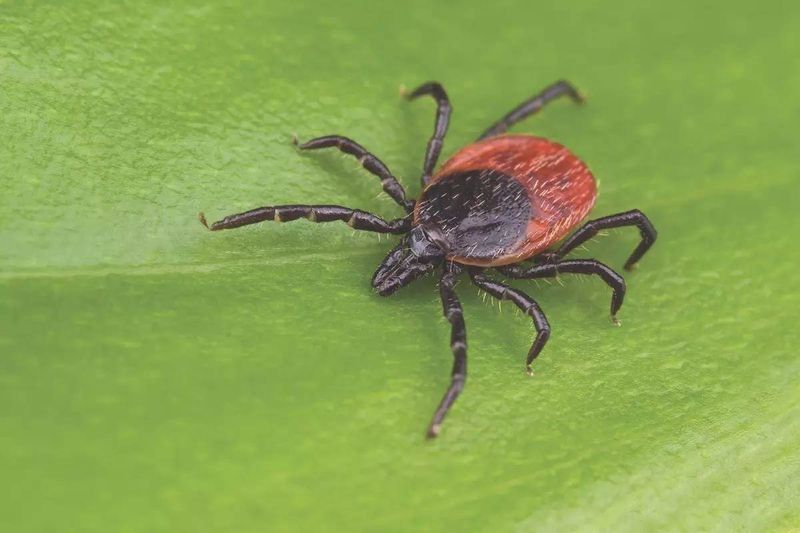
California’s grasslands and forests harbor several tick species carrying Lyme disease, Rocky Mountain spotted fever, and other serious illnesses. These blood-sucking arachnids are most active in spring and early summer.
They wait on grass tips and low shrubs to latch onto passing mammals. Wear light-colored clothing that covers limbs when hiking, use repellent containing DEET, and perform thorough tick checks after outdoor activities, especially checking hairlines and warm body folds.
12. Portuguese Man-Of-War: Ocean Drifters
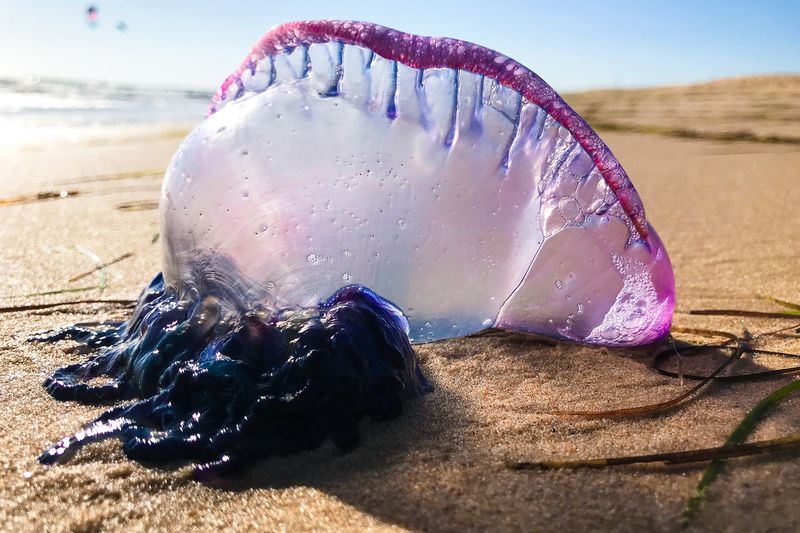
Though not technically creatures but colonial organisms, these floating terrors occasionally wash up on California’s beaches after storms. Their long, nearly invisible tentacles contain thousands of stinging cells that remain active even after death.
Contact causes excruciating pain, welts, and potentially dangerous allergic reactions. Never touch these blue-purple bubbles on beaches, and swim cautiously when warnings are posted. Treat stings with vinegar, not fresh water, which activates more stinging cells.
13. Mountain Lions: Silent Stalkers
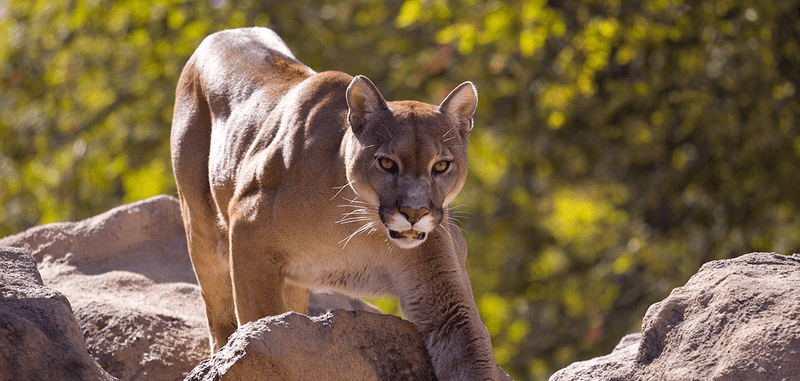
These powerful predators roam California’s mountains and forests with barely a sound. Adult males can weigh up to 150 pounds and leap 15 feet high.
Mountain lions typically avoid humans, but attacks happen when they feel cornered or are protecting cubs. Never hike alone in mountain lion territory, especially at dawn or dusk when they actively hunt.
14. Great White Sharks: California’s Ocean Predators

The cold waters off California’s coast host one of the world’s largest populations of these apex predators. Adults typically reach 15-16 feet long and weigh up to 4,000 pounds. Despite their fearsome reputation, great whites rarely target humans intentionally.
Most attacks are “sample bites” where sharks mistake swimmers for seals. Avoid swimming at dawn, dusk, or near seal colonies, and never swim alone in known shark territories.


